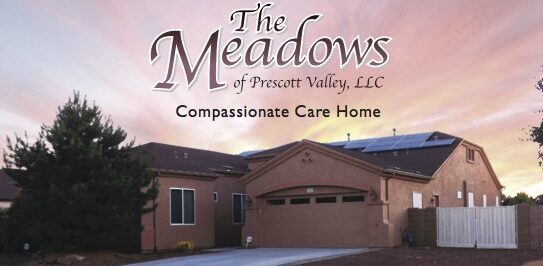Senior living care encompasses various types of housing and support services tailored to meet the needs of older adults at different stages of life. Here are some common types of senior living care:
Independent Living Communities: These communities are designed for active seniors who are able to live independently but desire amenities, social activities, and maintenance-free living. Residents typically live in private apartments or cottages and have access to communal spaces and services such as dining, housekeeping, transportation, and recreational activities.
Assisted Living Facilities: Assisted living facilities provide housing, meals, personal care assistance, and support services for seniors who need help with activities of daily living (ADLs) such as bathing, dressing, medication management, and meal preparation. Residents live in private or semi-private apartments and receive customized care plans based on their individual needs.
Memory Care Units: Memory care units, also known as Alzheimer’s or dementia care units, are specialized facilities that provide a secure and supportive environment for seniors with memory impairments such as Alzheimer’s disease or other forms of dementia. These facilities offer specialized care, structured routines, and tailored activities to support cognitive function and promote quality of life for residents.
Skilled Nursing Facilities (SNFs): Skilled nursing facilities provide around-the-clock nursing care and medical supervision for seniors with complex medical needs or those recovering from illness, injury, or surgery. Services may include rehabilitation therapy, wound care, medication management, and skilled nursing care. SNFs are typically licensed healthcare facilities and may also offer long-term care for residents with chronic conditions.
Continuing Care Retirement Communities (CCRCs): CCRCs offer a continuum of care services ranging from independent living to assisted living and skilled nursing care, allowing seniors to age in place as their care needs change over time. Residents can transition between different levels of care within the same community, providing peace of mind and continuity of care throughout the aging process.
Residential Care Homes: Residential care homes, also known as board and care homes or adult family homes, are smaller, residential-style facilities that provide housing, meals, and personalized care for a small group of residents. Care homes offer a homelike environment and individualized attention from caregivers, making them suitable for seniors who prefer a more intimate setting.
Hospice Care: Hospice care is a specialized form of end-of-life care that focuses on providing comfort, pain management, and emotional support to terminally ill patients and their families. Hospice services may be provided in various settings, including private residences, hospitals, nursing homes, or dedicated hospice facilities, with a multidisciplinary team of healthcare professionals addressing the physical, emotional, and spiritual needs of patients during their final stages of life.
These are just a few examples of senior living care types, and each option offers different levels of support and services to meet the diverse needs and preferences of older adults and their families. When considering senior living options, it’s essential to assess individual needs, preferences, and financial considerations to find the most suitable option for each senior’s unique situation.
